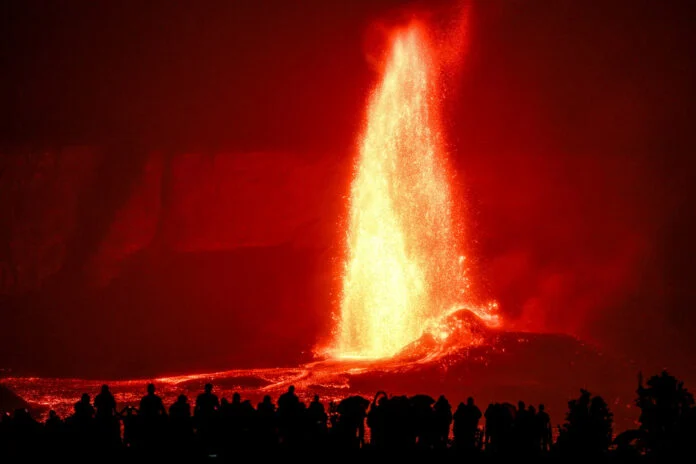Ancient Stratos was built near the western bank of the Achelous River, on the border with Aetolia. The city served as the historical center of the Acarnanian League, akin to the Aetolian Thermon, and the sanctuary of Zeus was the religious and political hub for all Acarnanians.
The League was established in the 4th century BC, and during this time, the imposing temple of Zeus was constructed. An inscription discovered during excavations that indicated the temple's dedication to Zeus verified its dedication. The Acarnanian army would gather and camp beneath the hill and around the temple. The sanctuary of Zeus in Stratos was both a religious and political center for the Acarnanians.
Located at the northwestern edge of the acropolis, the temple of Stratius Zeus (protector god of the Stratians) is an illustrious Doric structure measuring 34.47 meters by 15.41 meters, with six columns on its narrow sides and eleven on its long sides. It was built between 321 and 312 BC, entirely from local hard limestone, but remained unfinished due to conflicts with the Aetolians.
The temple was divided into a cella, pronaos, and opisthodomos. The columns of the cella were placed close to its walls. With eight internal columns supporting the roof, it's likely that some of the cella was open-air. All the columns remained unfluted, suggesting the temple was never completed. The metopes were probably painted.
The temple served as the center for a federal cult, the powerful Acarnanian League. It was the fortified Acarnanian capital, meant to be showcased with a splendid temple. Indeed, the Temple of Stratius Zeus is one of the finest examples of 4th-century BC architecture.
This site confirms a historical federal cult of Zeus-Acheloos, which was not imaginary. Inscriptions show that it was a sacred location for the symbolic sale of slaves to grant them freedom. This means the site was a gathering place for worship, markets, and festivals. The Panacarnanians assembled here not only for religious reasons but also for federal decisions and needs.
The visible parts of the temple were made from gray, hard limestone sourced from the quarries of Lepenou, a village about 6 kilometers northwest of Stratos. Architectural elements of the temple, such as half-finished cylindrical columns and the temple's drum, were found in Lepenou, never having reached their destination.
To the southeast of the temple, there are the altar and bases of dedications. The first excavations of the temple took place between 1892 and 1913 and again in 1924 by the French Archaeological School, during which it was published along with the inscriptions found there. A. Orlandos published the most significant study and accurate restoration of the monument in 1925.








